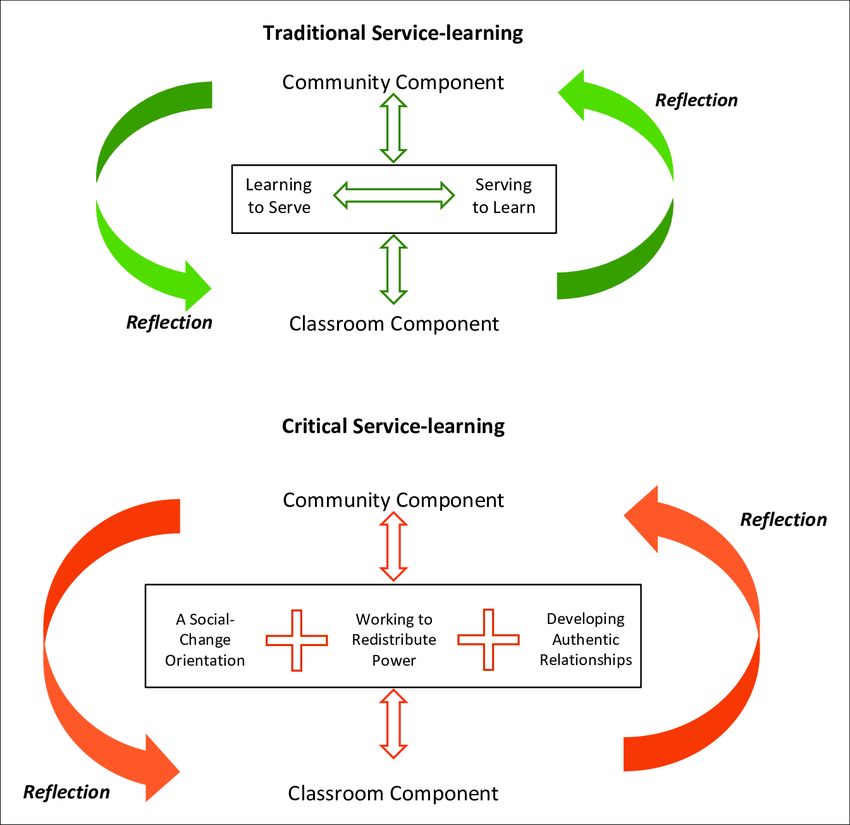Our Program Philosophy
Civic Enagagement & Leadership uses several models to guide and inform our work. These models were adapted to enhance programming outcomes and student growth during each interaction with CEL.
Pathways of Public Service and Civic Engagement
The Pathways of Public Service and Civic Engagement, developed by Stanford University's Haas Center for Public Service, describe the many different ways we can make a contribution to the common good through our actions. The pathways help define our work in Civic Engagement & Leadership from programming to advising. Each individual will navigate these pathways differently, through the intersections and connections that they have with one another. Our goal in adapting the pathways is to offer a wider perspective for all students about what service to your community can look like. It all depends on your individual passions and perspectives.
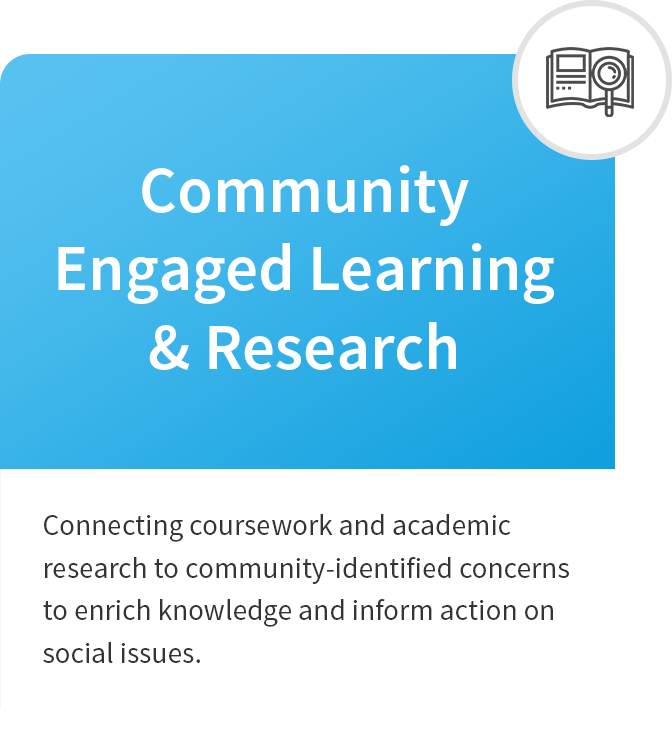
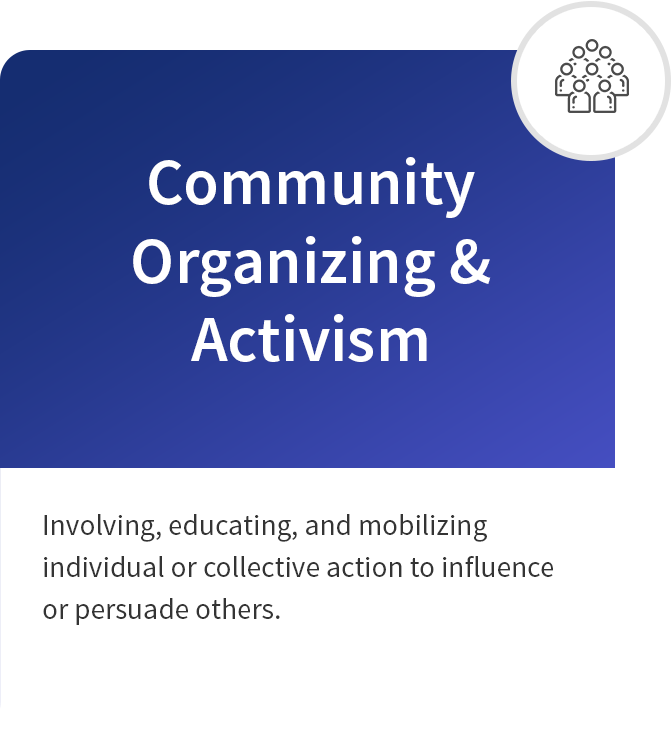
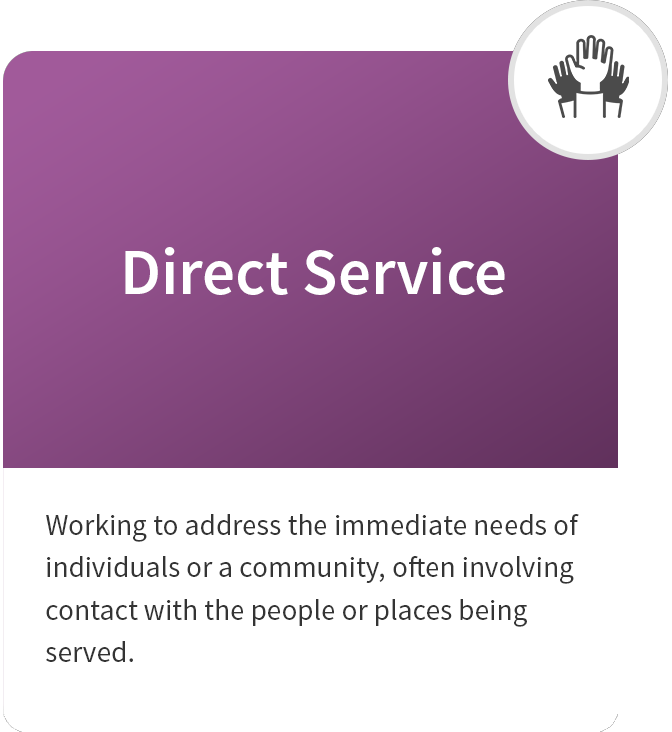
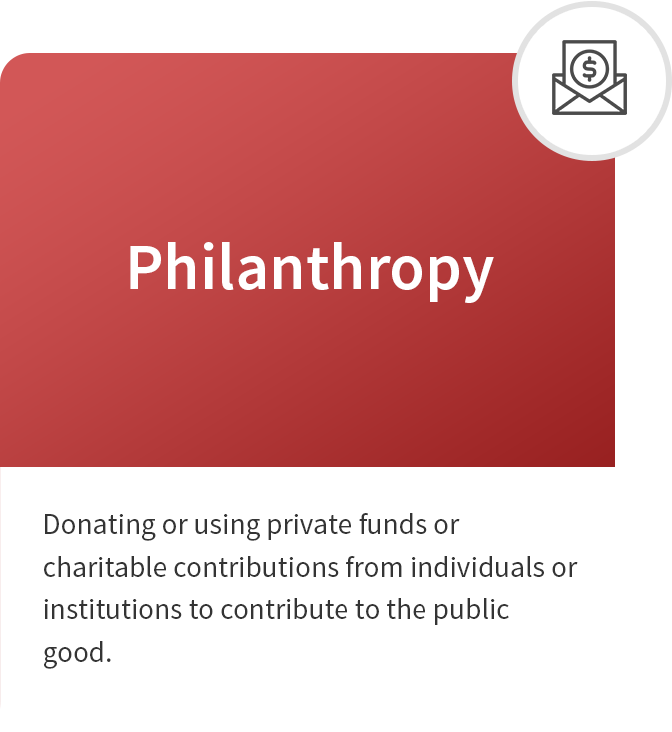
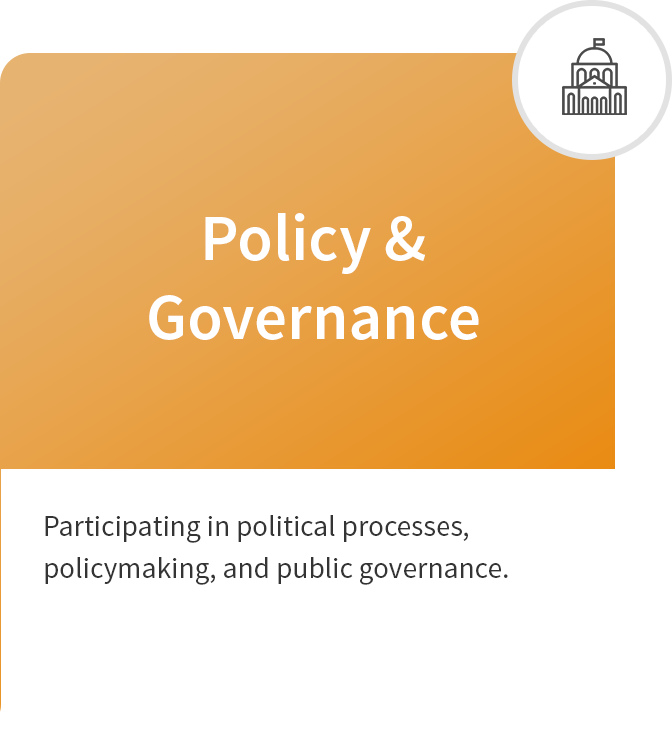
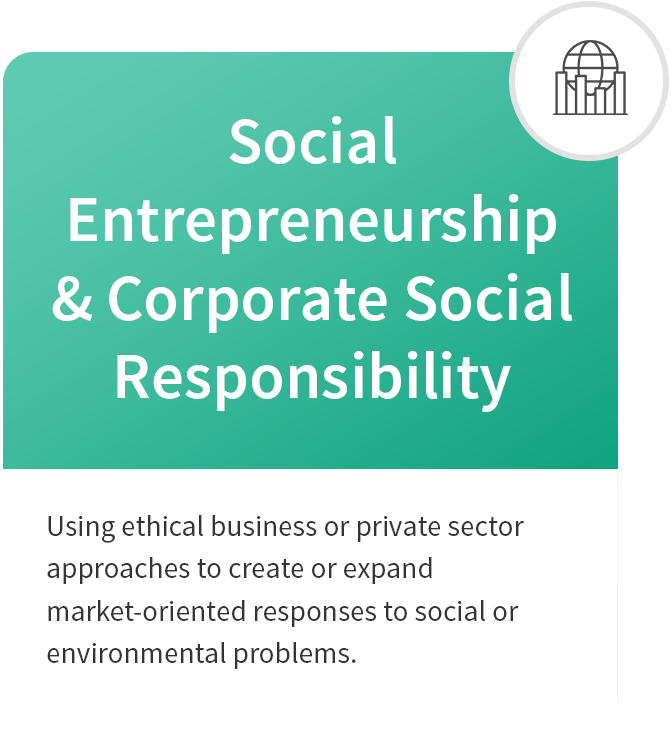
Want to learn more about the pathways? Interested in learning which pathways resonate most with you? Sign up for an advising session with on of our team members!
BOOK A SERVICE ADVISING APPOINTMENT
Active Citizen Continuum
The Active Citizen Continuum, created by Break Away, serves as the framework for our Alternative Breaks Program. It defines the stages we go through to reach the goal of being a truly active citizen. The journey through these stages looks different for each person, and we recognize that each student participating in our programs comes to us at different points on this continuum. We hope that during a student's time with an Alternative Break trip or other service experience, that they are able to understand the full perspective of a community, including the systems, structures, and barriers in place. As active citizens, we must each continue to fight for structural and systemic change for communities long after the Alternative Break experience or service project has ended.

Critical Service Learning Model
When implementing service into the classroom, we strongly encourage faculty to use the model of Critical Service Learning to inform their work as we do for our various programs and service trips.
"While individual change and student development are desired outcomes of traditional and critical service-learning, critical service-learning pedagogy balances the student outcomes with an emphasis on social change. This requires rethinking the types of service activities in which students are engaged, as well as organizing projects and assignments that challenge students to investigate and understand the root causes of social problems and the courses of action necessary to challenge and change the structures that perpetuate those problems."
Mitchell, T. D. (2008). Traditional vs. Critical Service-Learning: Engaging the Literature to Differentiate Two Models. Michigan Journal of Community Service Learning, 50-65.
Link here for the full article.
